
Physicist; Senior Scientist @ CNRS; Invited professor @ ULB
Satellite remote sensing expert
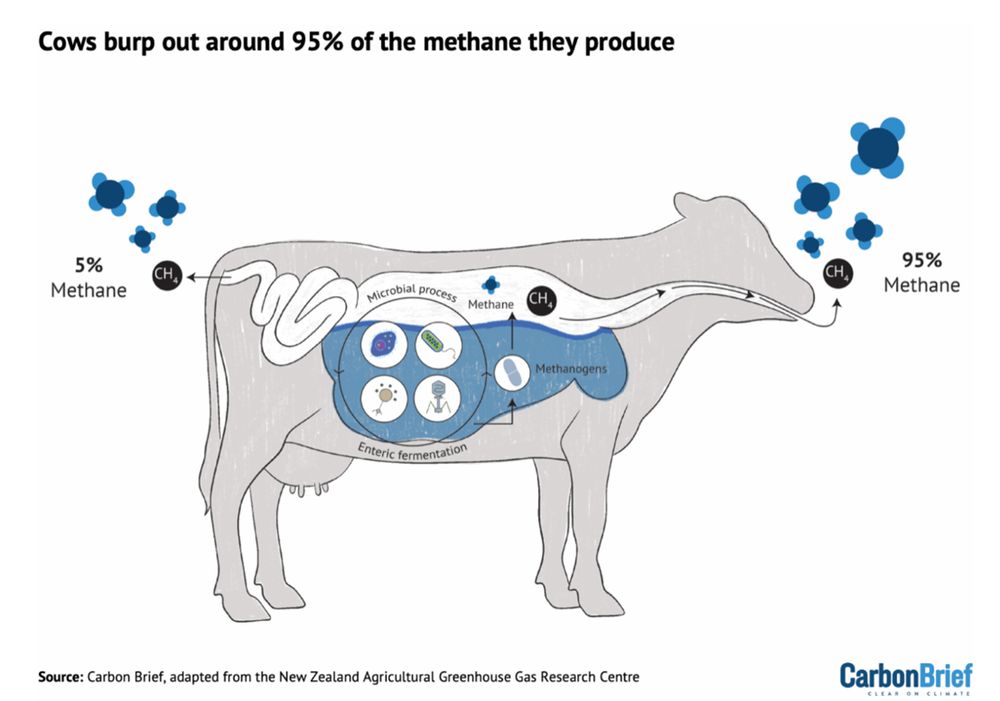
On the left are temperatures in the polar vortex, on the right are ozone concentrations for the last 30 days.
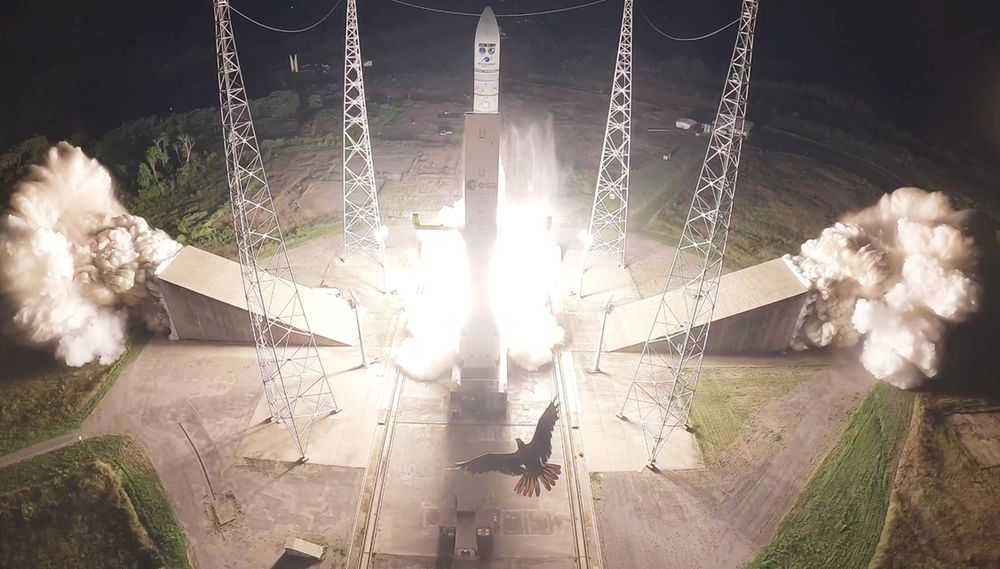

It is the continuation of the IASI program launched 18 years ago. See our best-of here : youtu.be/87LoUXFBjx8
New discoveries to be expected, as the instrument has better instrumental specifications.
Reposted by Cathy Clerbaux
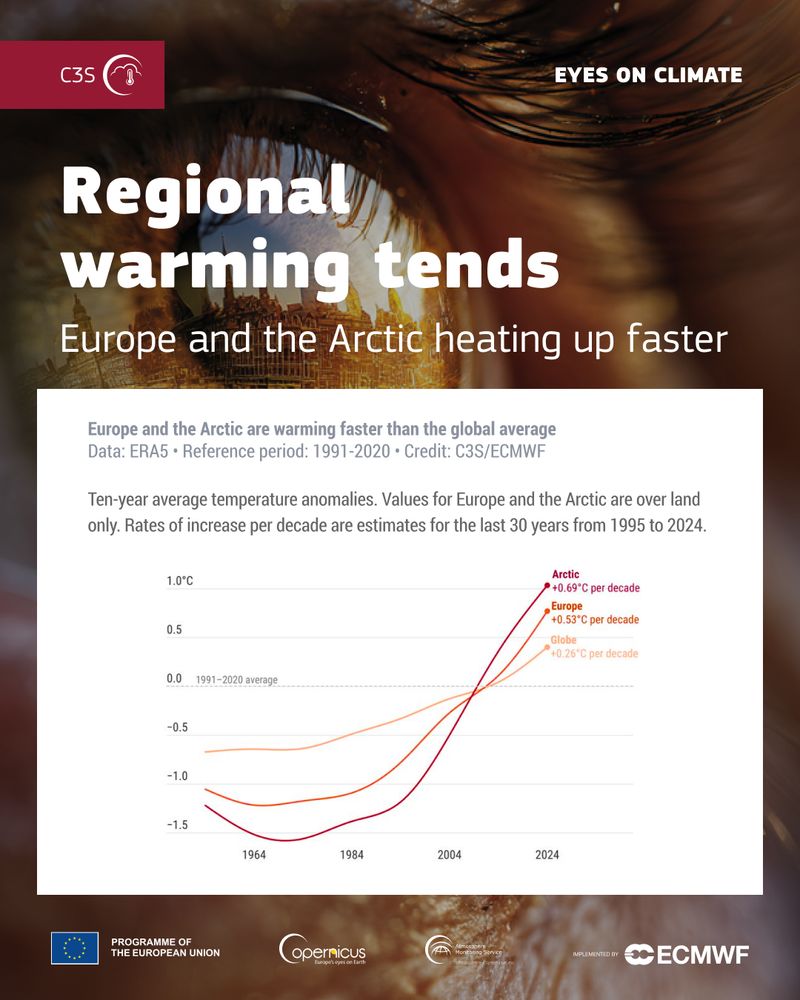
climate.copernicus.eu/why-are-euro...
#CopernicusClimate

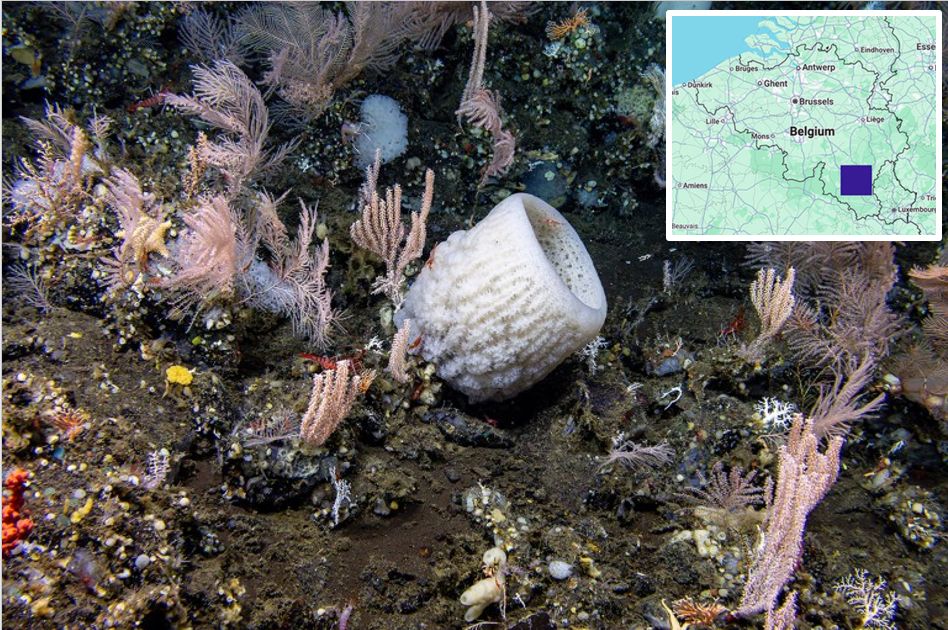
Less than 0.001%, the size of the blue square shown on the map of Belgium in the image below. More in this paper : www.science.org/doi/10.1126/...


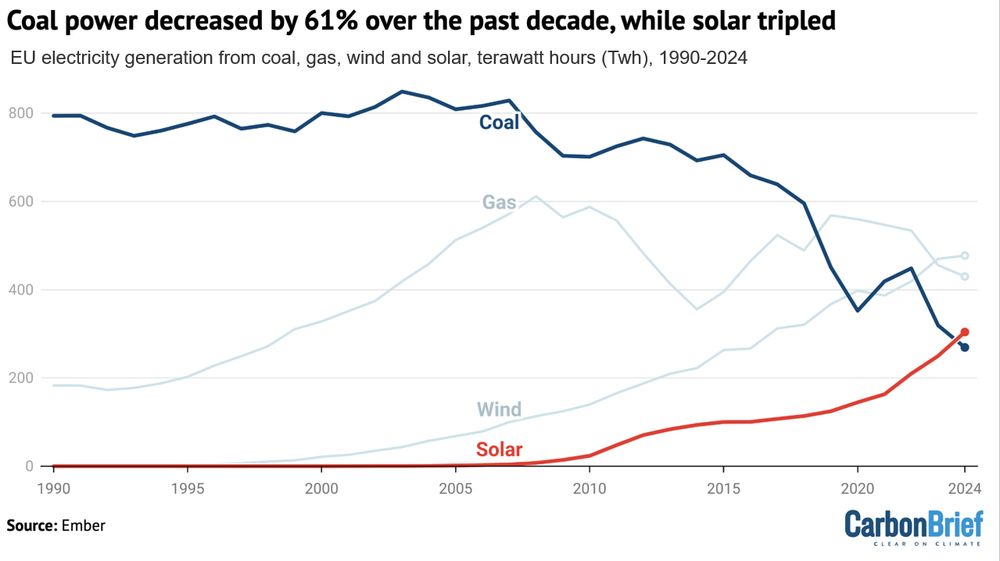
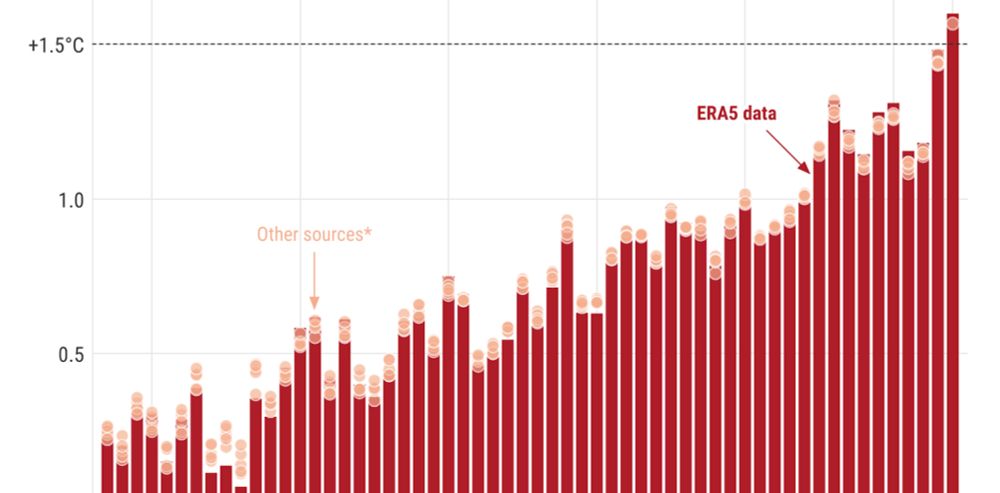

Reposted by Cathy Clerbaux



